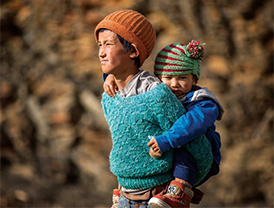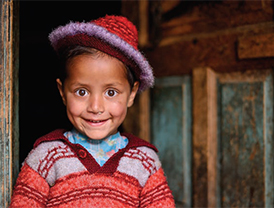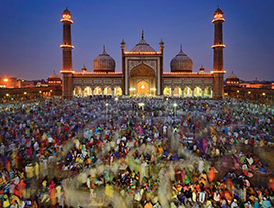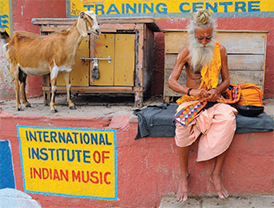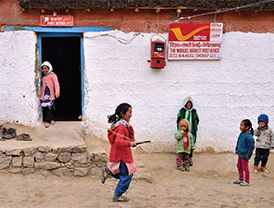Exactly what is it that you want to say with your photographs, and how do you actually get your photographs to do that?
I never got the opportunity to explore my affection for travelling in my childhood. So now I travel to different places and capture its exquisiteness. Like how painters can portray their emotions through paintings, I try to show the world and my family, how different places look through my perspective. I believe that if you truly adore something, you don’t need to do much, it automatically comes to you. My connection and bonding with photography instantly make my frames interesting to my viewers. In simple words “It comes from the inside.”
Urban places are almost always filled with atmospheric pollution, which causes problems with the astrophotographs. How do you manage to take care of this?
When I look back, my first star trail was from Delhi, but it wasn’t that effective. Thereafter, I never shot astrophotographs from any city areas. One needs a clear and pollution free location for night photography. I travelled to the Himalayas for a noiseless environment. If you want to explore the magical aura of stars and Milky Way, then you have to come out from the urban places to experience its enchantment. My astro tours are mainly in the Spiti Valley and Ladakh where one can see a cluster of stars through the naked eye.
While processing astrophotographs, what are the important techniques that every photographer should implement?
In astrophotography 90% of work has to be done on field itself. So taking care of few things while shooting on field is more important than processing. The most commonly made mistake is blurred stars. Astrophotographers use manual focus while shooting but many lenses do not have a correct infinity focus mark which leads to blurred results. Focussing with Live View mode on is always suggested. Another common mistake which I find is ‘Scared of High ISO’. Amateur photographers are usually scared to bump up their ISO to 1200 or more. The hours of darkness has a little noise, hence shooting with noise doesn’t make your pictures bad. And by little tweaks and experiments with exposure triangle you can shoot star trails and Milky Way with less ISO as well. Now while processing, calibrate your monitor screen for better and correct exposure editing. Play with dodge and burn tool to take out details and give contrast to your photographs.
Could you give our readers some tips on landscape as well as astrophotography?
For landscape, I will suggest that do not stick with one setting. You can experiment with shutter speed a little bit, and use longer exposure with minimum aperture and lowest ISO available. Try to find an interesting foreground subject like rock or a tree. Look for water reflections as well. Reflections always make your landscape appealing. Go near water bodies as much as you can and if required even step inside them. It will create less distracting elements and mirrored image. Don’t stop shooting after sunset; nightscapes are equally fascinating and mesmerizing. For Astrophotography, first thing I would like to suggest is that always double check your camera’s menu settings. For all kind of noise-reduction options, shoot on manual focus and always take a test shot before shooting and double check your composition and focus on stars by zooming in, experiment with exposure triangle, look for interesting foreground (no one likes to see mountains again and again), use light paintings to make your foreground interesting, see other astro photographers’ work as well for inspiration and learning.
Which photographers influenced you, and how did they influence your thinking, photographing, and career path?
Steve McCurry, I was thoroughly influenced by his work. His Monsoon Series left a deeper impact on me. Thereafter I started following and admiring his work. His working style and portraits have always fascinated me. The way he showcases Indian region is exceptional. I have seen almost every picture clicked by him. I always try to understand and interpret what he clicks, how he gets a particular shot and moreover the tale behind his photograph. When it comes to astrophotography nobody can beat Manish Mamtani, Mark Gee, Aaron Groen, and Lincoln Harrison— very special friends of mine whose work and working style motivated and encouraged me to take an intense leap ahead into astrophotography. |SP

